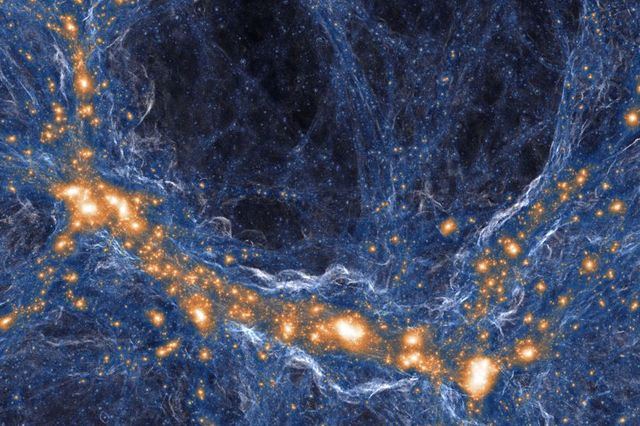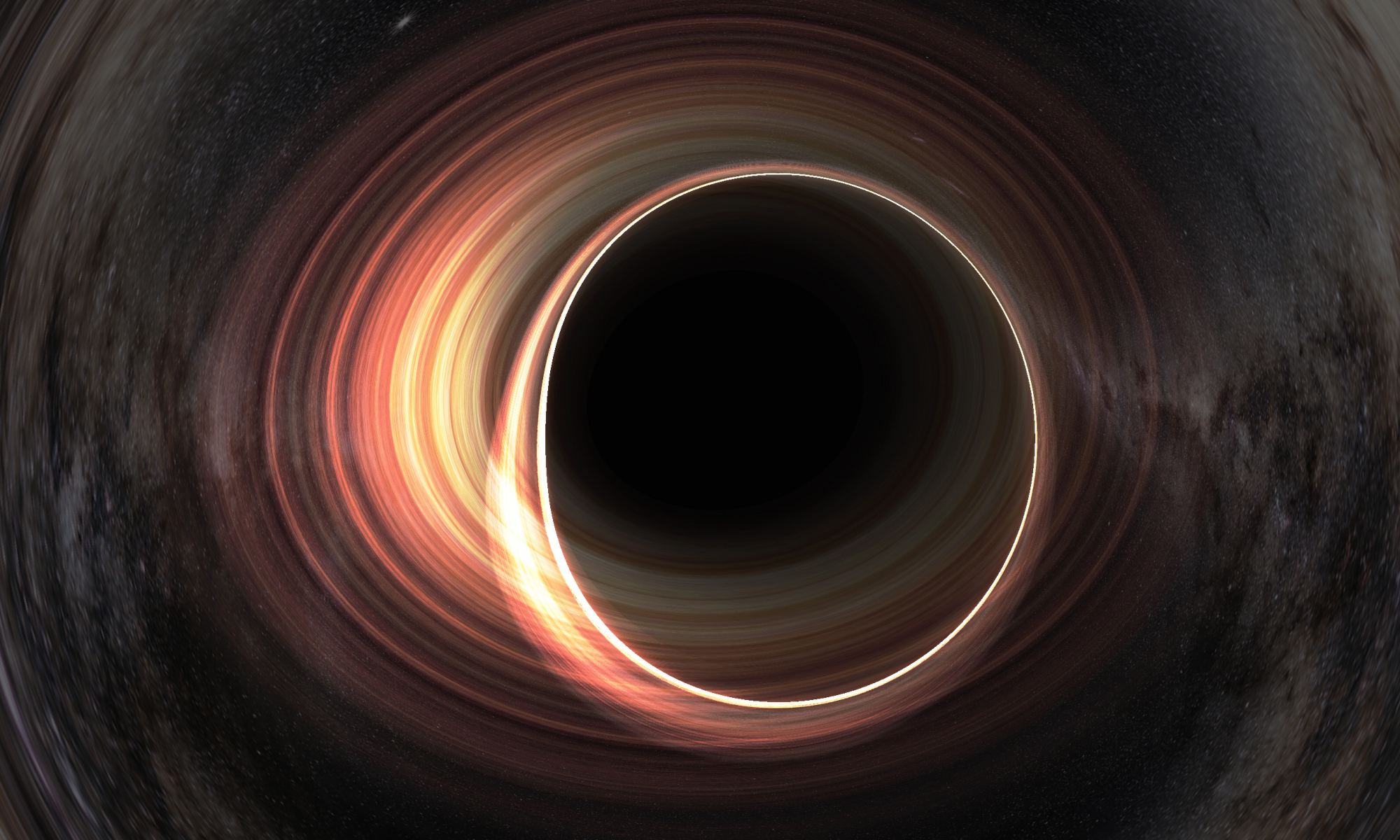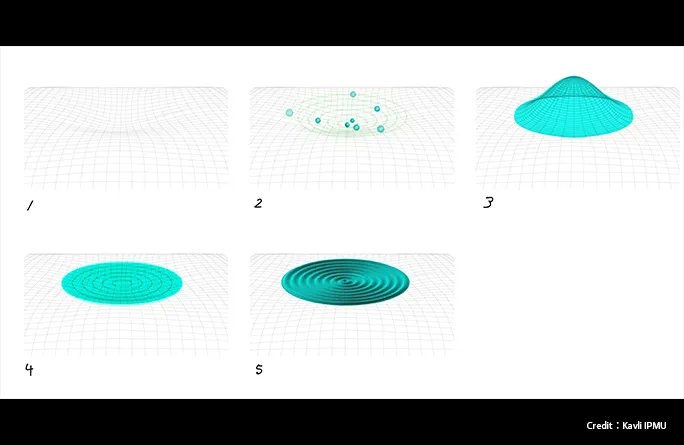Black holes are powerful gravitational engines. So you might imagine that there must be a way to extract energy from them given the chance, and you’d be right. Certainly, we could tap into all the heat and kinetic energy of a black hole’s accretion disk and jets, but even if all you had was a black hole in empty space, you could still extract energy from a trick known as the Penrose process.
Continue reading “It's a Fine Line Between a Black Hole Energy Factory and a Black Hole Bomb”Gravitational Waves Could Explain why There’s More Matter Than Antimatter in the Universe
One of the questions underpinning both philosophy and science is “why are we here”? Ask an astrophysicist, and they might answer with an imbalance between matter and antimatter at the beginning of the universe. While that is a (relatively) simple explanation, it then begs the question – why was there an imbalance in the first place? Scientists have been seeking ways to test various theories regarding that imbalance but have come up empty-handed so far. Now, a team of theoretical physicists think they might have found a way to test some of those theories using gravitational waves.
Continue reading “Gravitational Waves Could Explain why There’s More Matter Than Antimatter in the Universe”A Tabletop-sized Experiment Could Help in the Search for Dark Matter

Dark matter is one of the least understood aspects in physics. The evidence for dark matter is from its gravitational influence on galactic scales which cannot be explained by the presence of conventional matter. Despite its large gravitational interactions, it is notoriously difficult to learn about dark matter as it does not interact with electromagnetic fields, hence the name of “dark” matter.
But just because it is difficult to get it to interact with anything on the electromagnetic spectrum does not mean it is impossible to detect other feeble interactions it may have. A team of theoretical physicists from Caltech have recently proposed a novel type of experiment that may just hold the key to understanding dark matter with specific types of interactions.
Continue reading “A Tabletop-sized Experiment Could Help in the Search for Dark Matter”Weekly Space Hangout: Oct 24, 2018 – Dr. Sabine Hossenfelder
Hosts:
Fraser Cain (universetoday.com / @fcain)
Dr. Paul M. Sutter (pmsutter.com / @PaulMattSutter)
Dr. Kimberly Cartier (KimberlyCartier.org / @AstroKimCartier )
Dr. Morgan Rehnberg (MorganRehnberg.com / @MorganRehnberg & ChartYourWorld.org)
Dr. Sabine Hossenfelder is a blogger and Theoretical Physicist who researches quantum gravity. She is a Research Fellow at the Frankfurt Institute for Advanced Studies where she leads the Analog Systems for Gravity Duals group.
Dr. Hossenfelder just finished writing her first book “”Lost in Math: How Beauty Leads Physics Astray”” which is available on Amazon: https://www.amazon.com/Lost-Math-Beauty-Physics-Astray/dp/0465094252
Announcements:
If you would like to join the Weekly Space Hangout Crew, visit their site here and sign up. They’re a great team who can help you join our online discussions!
If you’d like to join Dr. Paul Sutter and Dr. Pamela Gay on their Cosmic Stories in the SouthWest Tour in August 2019, you can find the information at astrotours.co/southwest.
We record the Weekly Space Hangout every Wednesday at 5:00 pm Pacific / 8:00 pm Eastern. You can watch us live on Universe Today, or the Weekly Space Hangout YouTube page – Please subscribe!


